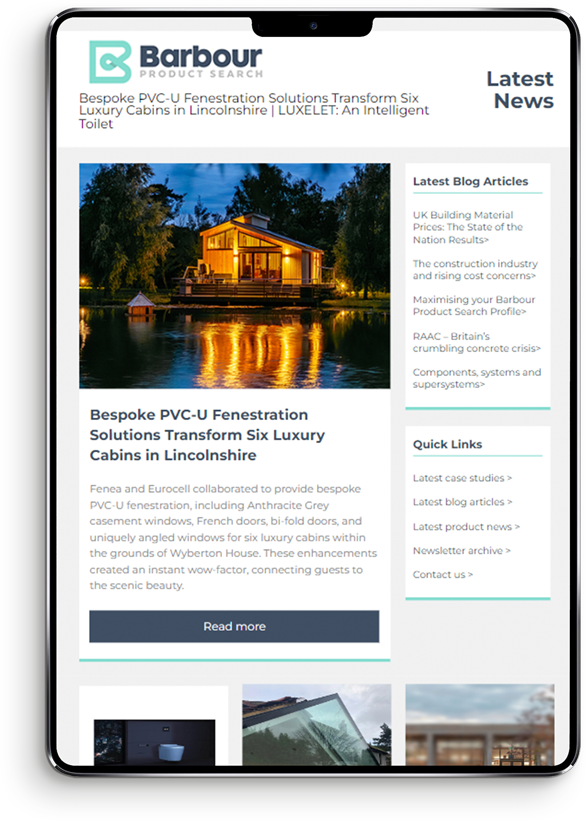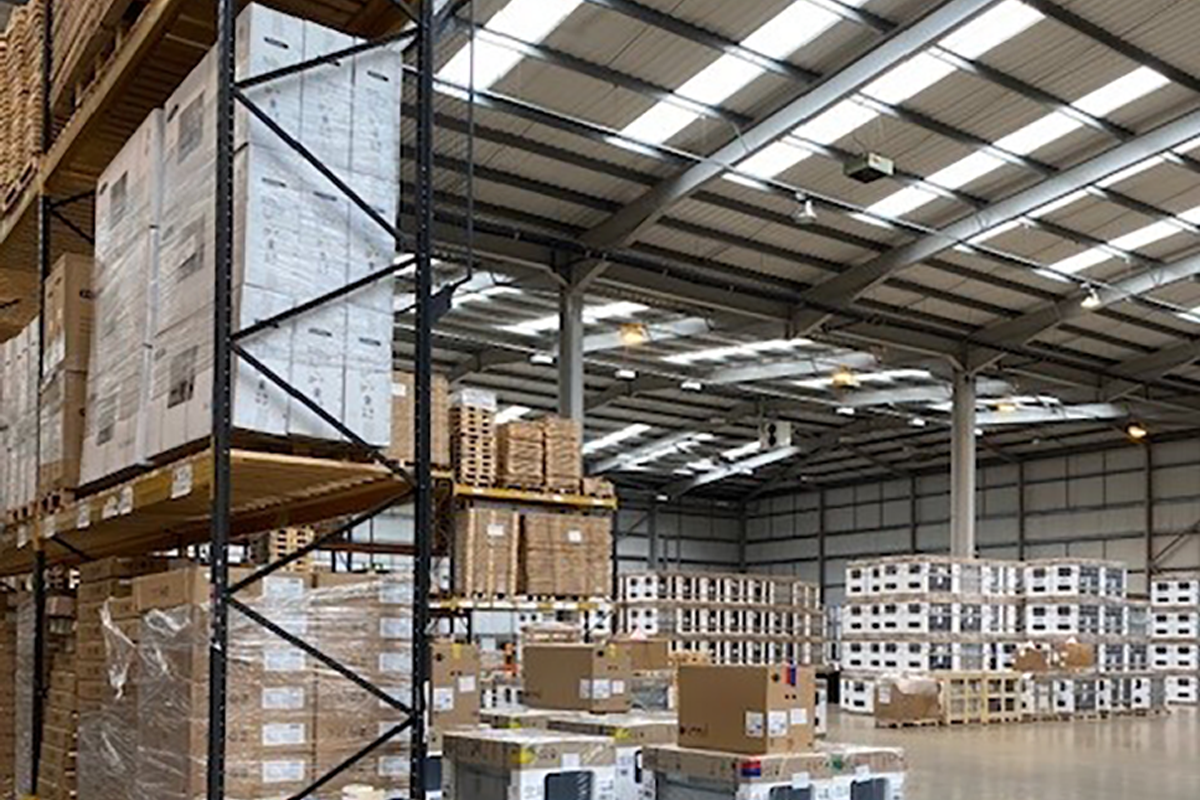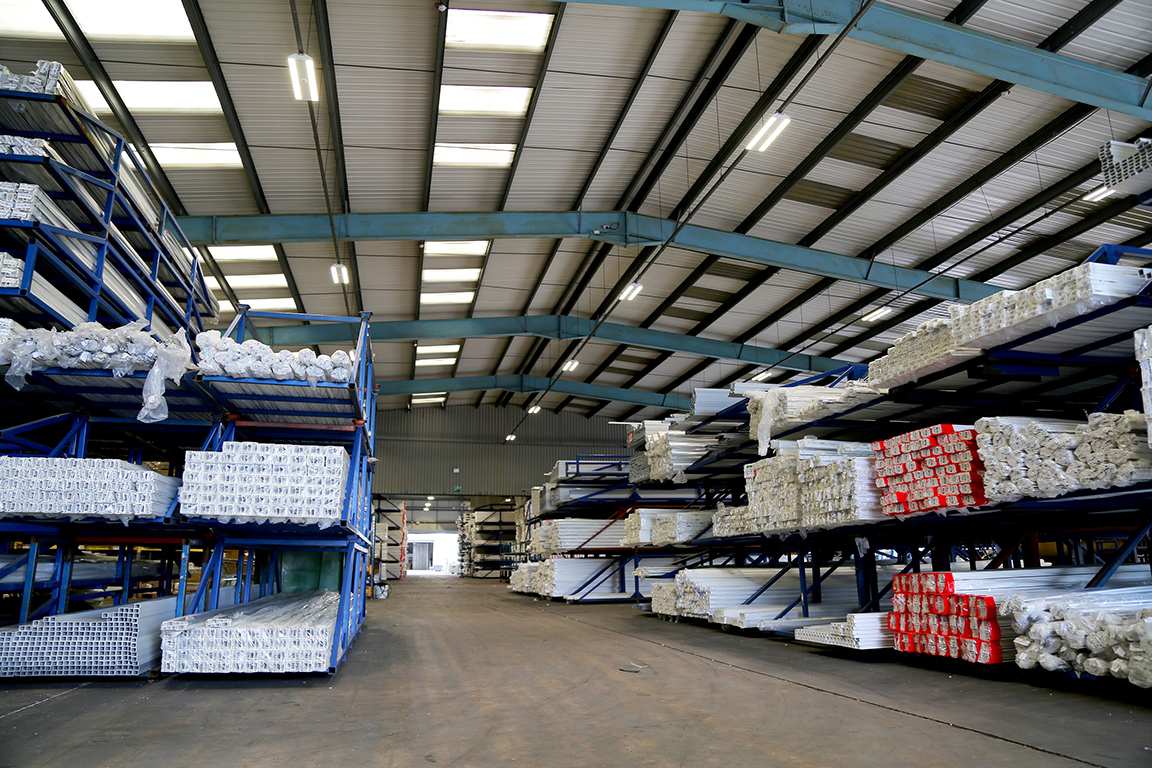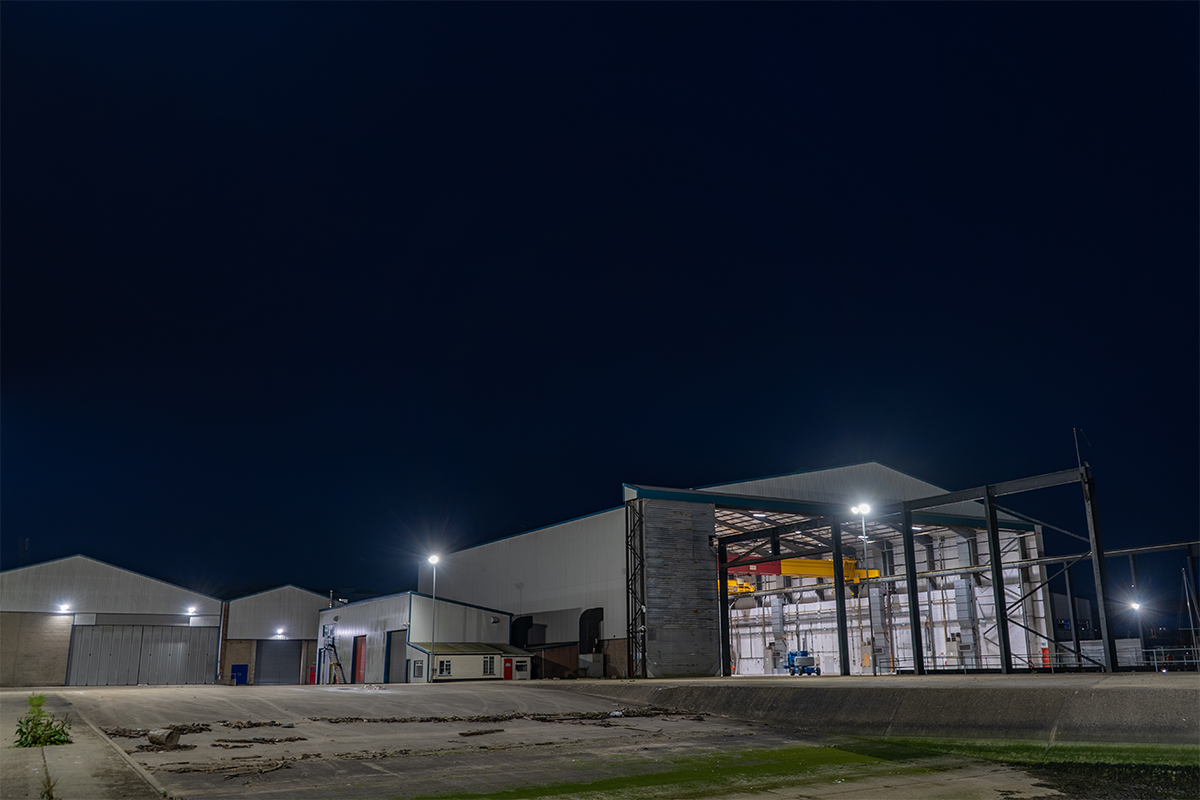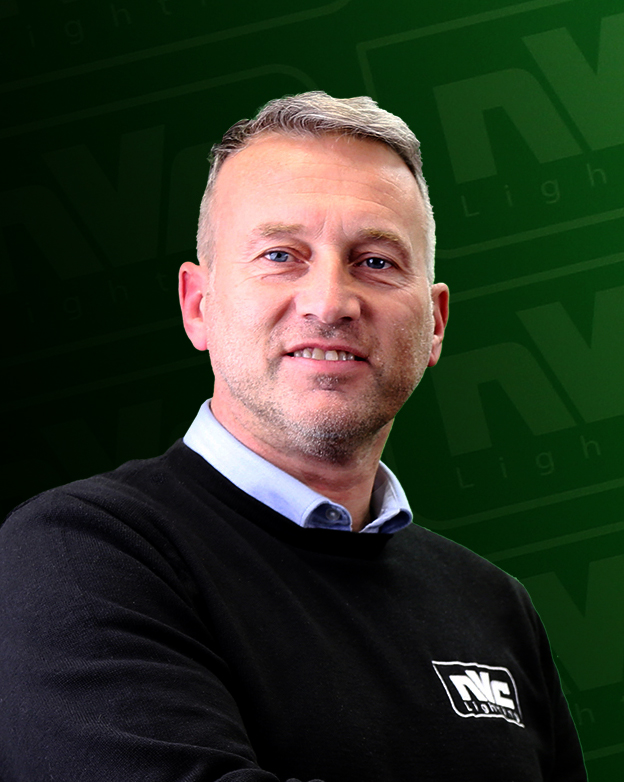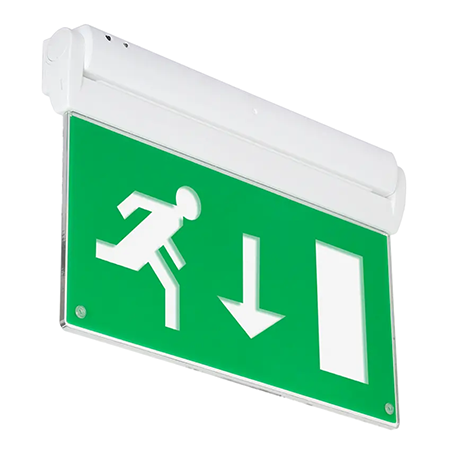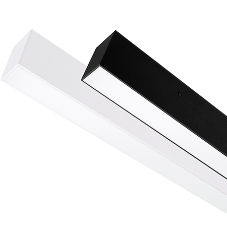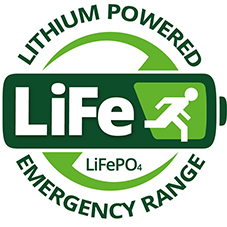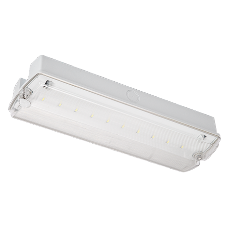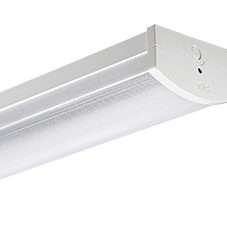Industrial and warehouse environments present a unique, varied and complex set of lighting design challenges.
For example, a precision manufacturing site has very different lighting needs from a logistics warehouse, so choosing the right lighting means balancing performance, safety, energy efficiency, and compliance.
At NVC Lighting, we’ve worked on hundreds of projects across these sectors, and we’ve found that five key areas can make all the difference.
Light Distribution: Vertical or Horizontal?
Lighting in industrial environments must be designed with the task at hand in mind — rather than just the space. Production lines or workbenches require horizontal illumination for accurate, detailed work.
In contrast, warehouses require high-quality vertical lighting to ensure goods stored on racking can be clearly identified and safely accessed.
Getting this balance right often means using specialist product designs that direct light precisely where it’s needed — improving productivity and safety.
IP and IK Ratings: Built for the Environment
Many industrial activities generate dust and moisture, meaning light fittings with high IP (Ingress Protection) and IK (Impact Protection) ratings are a critical choice.
High IP ratings protect against dust and water ingress in workshops and washdown areas, while high IK ratings ensure resilience in spaces where fittings may be struck by machinery or materials.
Choosing the right level of protection ensures reliability and compliance over the long term.
Lighting for High Ceilings: Power and Precision
In high-rack warehouses and large industrial sheds, ceiling heights can exceed 10 or even 15 metres.
Achieving sufficient light levels at floor or task height demands high-output fittings with excellent optical control, delivering powerful, efficient illumination while maintaining uniformity and reducing glare, which is crucial for safety and visual comfort.
Smarter Controls for Energy Efficiency
Warehouse areas can remain empty for long periods, so integrating smart lighting controls which allow lights to dim or switch off automatically when spaces are unoccupied can generate significant energy savings and reducing operational costs.
Occupancy sensors, daylight harvesting, and centralised monitoring can be tailored to your requirements and goals making it easy and achievable to design an intelligent, energy-efficient solution.
Emergency Lighting: Compliance and Peace of Mind
Emergency lighting is a legal requirement in all industrial and warehouse facilities. However, compliance often falters due to neglected testing and maintenance.
Every system must undergo monthly functional tests and annual full (3-hour) discharge tests. Failure to do so risks not only safety but also legal consequences for the responsible person.
Why It All Matters
The right industrial lighting system can drive productivity, reduce energy costs, ensure compliance and enhance safety.
With a comprehensive product range for every zone — from factory floors to car parks, a 7-year unlimited running hours warranty, advanced control and emergency test options, and a complimentary lighting design service compliant with all relevant standards, NVC Lighting provides an end-to-end solution for your next warehouse or industrial project.
Industrial Lighting: Have You Considered These Five Key Issues?
| T | 0121 457 6340 |
|---|---|
| F | 0121 457 1325 |
| E | projects@nvcuk.com |
| W | Visit NVC Lighting's website |
| NVC Park 201, Hollymoor Way, Rubery, Birmingham, B31 5HE |
Products by this Company
